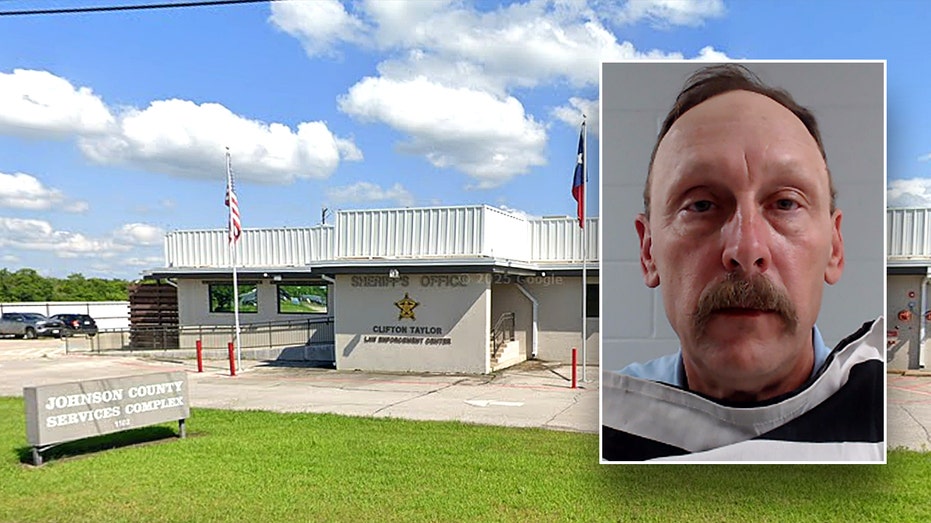A Texas sheriff arrested by his own deputies and booked into his own jail in August after accusations of harassing female employees and retaliating against whistleblowers now faces a third charge of aggravated perjury, though a judge has ruled he may return to work under strict conditions while awaiting trial next year.
FOX 4 Dallas reported that Johnson County Sheriff Adam King, already indicted on sexual harassment and retaliation charges, was hit Thursday with a third aggravated perjury count stemming from allegations he lied to a grand jury.
King pleaded not guilty to all charges during his arraignment Thursday. The judge set his trial for Aug. 3, 2026, though the date could be moved earlier if both sides are ready.
King had placed himself on leave after his arrest, but the judge ruled Thursday he could return to work while the case proceeds. Under the order, he may only be in his office three days a week between 10 a.m. and 4 p.m., FOX 4 reported.
FEDERAL JUDGE DEEMS FORMER CHICAGO ALDERMAN ACCUSED OF BRIBERY UNFIT FOR TRIAL
He is also barred from contacting seven witnesses in the case, most of them sheriff’s department employees and some of his accusers. A prosecuting attorney told FOX 4 that King must use a private entrance to enter and exit his office.
A grand jury indicted King on Wednesday on the new charge of aggravated perjury, as well as two counts of felony retaliation against a witness and a single count of sexual harassment.
King has been accused of sexually harassing multiple women at the sheriff’s office over more than 18 months, allegations uncovered during a Texas Rangers investigation.
KENTUCKY JUDGE KILLED IN CHAMBERS ACCUSED OF TRADING SEXUAL FAVORS FOR INFLUENCE AT WILD PARTIES
The accusations include repeated remarks about female employees’ weight, appearance, and clothing, and suggestions they should wear makeup to work, FOX 4 reported. He is also accused of offering perks or benefits to married women if they agreed to spend time with him.
One woman alleged that King told her if she kept losing weight he would "do ungodly things to her." The same woman said that when she wore white slacks to work, King remarked, "Back in my younger days, you wouldn’t want to know what I did to women wearing white pants."
KYLE CHRISLEY SUES TENNESSEE COUNTY AND POLICE FOR $1.7M, CLAIMS FALSE ARREST AND EXCESSIVE FORCE
During a tea-time gathering he hosted for female staff, King allegedly told them, "Don’t tell people/your husbands, [the] sheriff puts his cream in your tea."
After two employees reported the harassment, court documents allege that King retaliated by threatening them, including telling one woman he would have her arrested.
He was arrested in August on the initial charges, with his own deputies booking him into the county jail before he posted bond.
After placing himself on leave, Capt. Ben Arriola, his deputy, took over as acting sheriff, FOX 4 reported.



